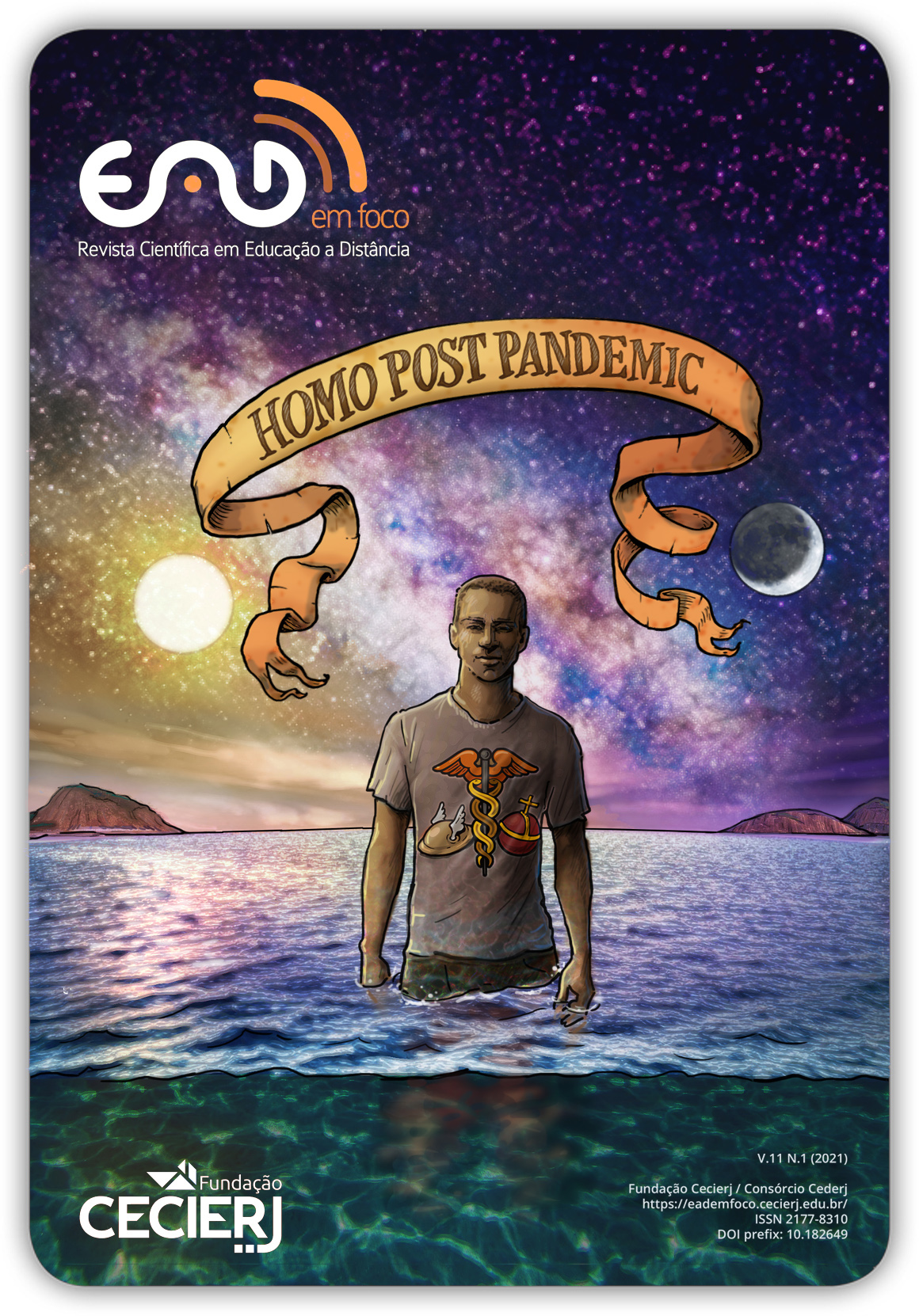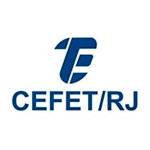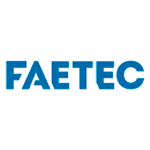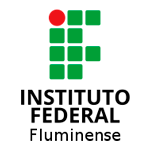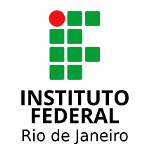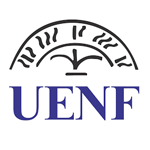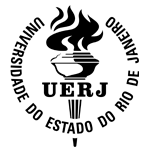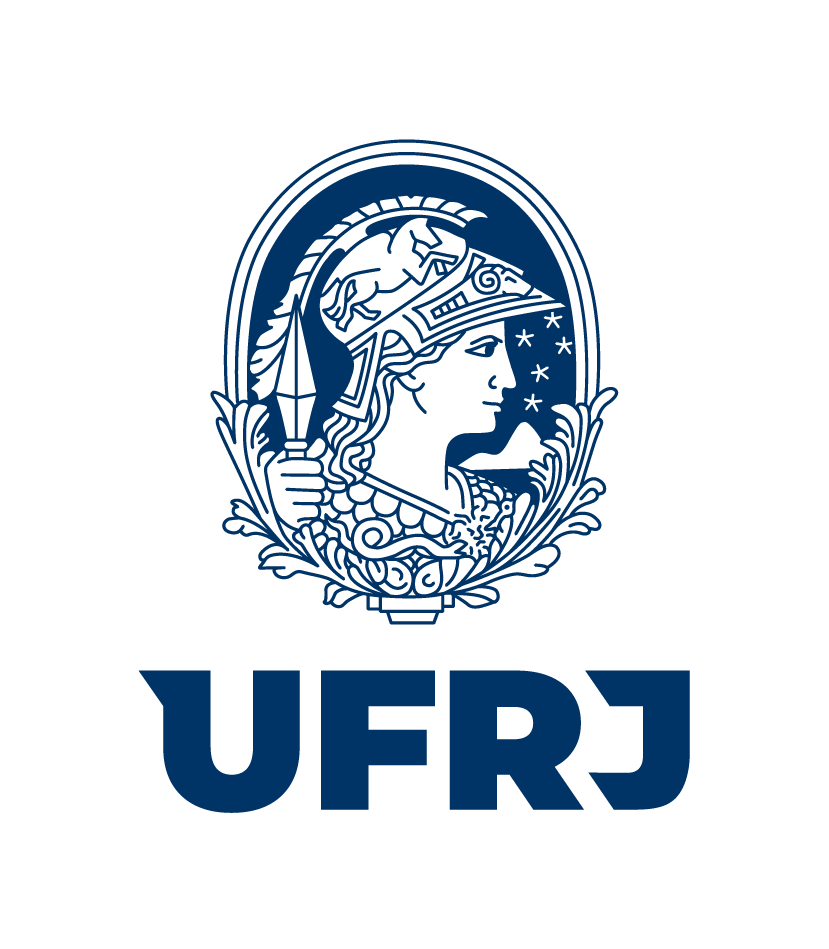Estratégias de Treinamento Profissional para Atendimento Odontológico em um Cenário De Pandemia De Sars-Cov-2
DOI:
https://doi.org/10.18264/eadf.v11i1.1532Resumo
A pandemia causada pelo coronavírus trouxe inúmeros desafios para o ensino superior, principalmente nos cursos da área da saúde devido às diversas atividades práticas com os pacientes, aumentando o risco de contaminação. O objetivo do trabalho foi relatar o processo de capacitação em biossegurança em assistência odontológica frente a um cenário de pandemia e risco de contaminação por SARS-CoV-2 e avaliar seu impacto na retomada da prática clínica. A partir do protocolo de biossegurança construído coletivamente para o atendimento clínico, foi aplicado o treinamento à distância a todos os 398 alunos e professores da Faculdade de Odontologia utilizando o ambiente virtual e diversos recursos online. Ao final, foi aplicado um questionário a todos os participantes, e aos alunos do último período, também o treinamento prático antes do retorno ao serviço. 96% participaram das atividades e as relataram como importantes. Os alunos do último período sentiram-se mais seguros para retornar aos cuidados e puderam perceber um avanço quanto aos procedimentos de biossegurança a serem utilizados. O processo de treinamento e atualização dos protocolos de biossegurança para atendimento odontológico responsável em fase de pandemia pelo COVID-19 foi importante, pois reduziu a ansiedade e mobilizou a integração de professores e alunos do curso de Odontologia em torno da busca de conhecimentos para atendimento odontológico seguro.
Palavras-chave: COVID-19. Biossegurança. Educação odontológica. Tecnologia educacional. E-Learning.
Downloads
Referências
ANVISA - Agencia Nacional de Vigilância Sanitária. Cartilha de proteção respiratória contra agentes biológicos para trabalhadores de saúde. Brasília: ANVISA, 2009. Retrieved May 29, 2020.Web site: http://www2.ebserh.gov.br/ documents/214604/816023/Cartilha
AHMAD, T. et al. Biosafety and biosecurity approaches to restrain/contain and counter SARS-CoV-2/COVID-19 pandemic: a rapid-review. Turk J Biol, v. 44, n. 3, p. 132-145, 2020. doi:10.3906/biy-2005-63
AWAN, O. et al. Making Learning Fun: Gaming in Radiology Education. Acad Radiol, v. 26, n. 8, p. 1127-1136, 2019. doi: 10.1016/j.acra.2019.02.020
BELSER, J. A.; ROTA, P. A.; TUMPEY, T. M. Ocular tropism of respiratory viruses. Microbiol Mol Biol Rev, v. 77, n. 1, p. 144-156, 2013. doi:10.1128/MMBR.00058-12
BENTLEY, C. D.; BURKHART, N. W.; CRAWFORD, J. J. Evaluating spatter and aerosol contamination during dental procedures. J Am Dent Assoc, v. 125, n. 5, p. 579-84, 1994. doi: 10.14219/jada.archive.1994.0093. PMID: 8195499.
CAGETTI, M. G. et al. COVID-19 Outbreak in North Italy: An Overview on Dentistry. A Questionnaire Survey. Int J Environ Res Public Health, v. 17, n. 11, p. 3835, 2020. doi:10.3390/ijerph17113835
CDC - Centers for Disease Control and Prevention. Guidance for Dental Settings Interim Infection Prevention and Control Guidance for Dental Settings During the COVID-19 Response. Retrieved May 03, 2020, from USA.GOV. Web site: https://www.cdc.gov/coronavirus/2019-ncov/hcp/dentalsettings.html#Hygiene
CLELAND, J. et al. How Covid-19 opened up questions of sociomateriality in healthcare education. Adv Health Sci Educ Theory Pract, v. 25, n. 2, p. 479-482, 2020. doi:10.1007/s10459-020-09968-9
CHIRAMANA, S. et al. Evaluation of minimum required safe distance between two consecutive dental chairs for optimal asepsis. J Orofac Res, v. 3, n. 1, p. 12-5, 2013. https://doi.org/10.5005/jp-journals-10026-1056
COELHO, C. O. L. et al. Protocolo de Biossegurança - Estratégias frente í Pandemia de Covid-19. (2020) Universidade do Oeste Paulista. Faculdade de Odontologia. Presidente Prudente: Unoeste. Retrieved May, 2020, from Brazil. Web site: https://www.unoeste.br/
COULTHARD, P. The oral surgery response to coronavirus disease (COVID-19). Keep calm and carry on? Oral Surgery, v. 13, n. 2, p. 95-97, 2020. https://doi.org/10.1111/ors.12489
COURTIER, J. et al. Assessing the learning potential of an interactive digital game versus an interactive-style didactic lecture: the continued importance of didactic teaching in medical student education. Pediatr Radiol, v. 46, n. 13, p. 1787-1796, 2016. doi: 10.1007/s00247-016-3692-x
COWLING, B. J. et al. Impact assessment of non-pharmaceutical interventions against coronavirus disease 2019 and influenza in Hong Kong: an observational study. Lancet Public Health, v. 5, n. 5, p. e279-e288, 2020. doi: 10.1016/S2468-2667(20)30090-6
CVS - Centro de Vigilância Sanitária. Sao Paulo (Estado). Secretaria da Saude. Grupo Técnico Odontológico da Divisão de Serviços de Saúde. Nota informativa aos Estabelecimentos de Assistência Odontológica – EAS. Sao Paulo: CVS. Retrieved May 29, 2020. Web site: http:// www.crosp.org.br/uploads/arquivo/ 8e4f526c0d57f3c8ab969046b29d5c30.pdf
DEERY, C. The COVID-19 pandemic: implications for dental education. Evid Based Dent, v. 21, p. 46–47. https://doi.org/10.1038/s41432-020-0089-3
DANIEL, S. J. Education and the COVID-19 pandemic. Prospects (Paris), p. 1-6, 2020. doi:10.1007/s11125-020-09464-3
DESAI, B. K. Clinical implications of the COVID-19 pandemic on dental education. J Dent Educ, v. 84, p. 512, 2020. doi: 10.1002/jdd.12162
ELLAWAY, R.; CLELAND, J.; TOLSGAARD, M. What we learn in time of pestilence. Adv in Health Sci Educ, v. 25, p. 259-261, 2020. https://doi.org/10.1007/s10459-020-09967-w
EAENEST, R.; LOESCHE, W. Measuring harmful levels of bacteria in dental aerosols. J Am Dent Assoc, v. 122, n. 12, p. 55-57, 1991. doi:10.14219/jada.archive.1991.0187
GE, Z.Y. et al. Possible aerosol transmission of COVID-19 and special precautions in dentistry. J Zhejiang Univ Sci B, v. 21 n. 5, p. 361-368, 2020. doi:10.1631/jzus.B2010010
GHAI, S. Are dental schools adequately preparing dental students to face outbreaks of infectious diseases such as COVID-19?. J Dent Educ, v. 84, n. 6, p. 631-633, 2020. doi:10.1002/jdd.12174
GORBALENYA, A. E. et al. The species Severe acute respiratory syndrome-related coronavirus: classifying 2019-nCoV and naming it SARS-CoV-2. Nat Microbiol, v. 5, p. 536–544, 2020. https://doi.org/10.1038/s41564-020-0695-z
GUERRIERO, C.; HAINES, A.; PAGANO, M. Health and sustainability in post-pandemic economic policies. Nat Sustain, v. 3, p. 494–496, 2020. https://doi.org/10.1038/s41893-020-0563-0
HARREL, S. K.; MOLINARI, J. Aerosols and splatter in dentistry: a brief review of the literature and infection control implications. J Am Dent Assoc, v. 135, n. 4, p. 429-37, 2004. doi: 10.14219/jada.archive.2004.0207. PMID: 15127864; PMCID: PMC7093851
HOERTEL, N. et al. A stochastic agent-based model of the SARS-CoV-2 epidemic in France. Nat Med, v. 26, p. 1417–1421, 2020. https://doi.org/10.1038/s41591-020-1001-6
IYER, P.; AZIZ, K.; OJCIUS, D. M. Impact of COVID-19 on dental education in the United States. J Dent Educ, v. 84, n. 6, p. 718-722, 2020. doi:10.1002/jdd.12163
KAMPF, G. et al. Persistence of coronaviruses on inanimate surfaces and their inactivation with biocidal agents. J Hosp Infect, v. 104, n. 3, p. 246-251, 2020. doi:10.1016/j.jhin.2020.01.022
LIDDELL, R.; NORBO, K .M. (2020). Return to Work Interim Guidance Toolkit. Retrieved June 09, 2020, from ADA: American Dental Association, Web site: https://pages.ada.org/return-to-work-toolkit-american-dental-association
LU, C.W.; LIU, X. F.; JIA, Z. F. 2019-nCoV transmission through the ocular surface must not be ignored. Lancet, v. 395, n. 10224, p. e39, 2020. doi:10.1016/S0140-6736(20)30313-5
MENG, L.; HUA, F.; BIAN, Z. Coronavirus Disease 2019 (COVID-19): Emerging and Future Challenges for Dental and Oral Medicine. J Dent Res, v. 99, n. 5, p. 481-487, 2020.
MUKHTAR, K. et al. Advantages, Limitations and Recommendations for online learning during COVID-19 pandemic era. Pak J Med Sci, 36(COVID19-S4):S27-S31. doi:10.12669/pjms.36.COVID19-S4.2785
ÖLCER, S.; YILMAZ-ASLAN, Y.; BRZOKA, P. Lay perspectives on social distancing and other official recommendations and regulations in the time of COVID-19: a qualitative study of social media posts. BMC Public Health, v. 20, p. 963, 2020. doi:10.1186/s12889-020-09079-5
PENG, X. et al. Transmission routes of 2019-nCoV and controls in dental practice. Int J Oral Sci, v. 12, n. 9, 2020. https://doi.org/10.1038/s41368-020-0075-9
PIRES, F.S.; FONTANELLA, V. Consenso ABENO: Biossegurança no ensino odontológico pós-pandemia da COVID-19. Retrieved July 03, 2000, from ABENO: Associação Brasileira de Ensino Odontológico, Web site: http://www.abeno.org.br/arquivos/downloads/retomada_de_praticas_seguras_no_ensino_odontologico.pdf
RAUTEMAA, R. et al. Bacterial aerosols in dental practice - a potential hospital infection problem?. J Hosp Infect, v. 64, n. 1, p. 76-81, 2006. doi:10.1016/j.jhin.2006.04.011
REN, Y.F. et al. Dental Care and Oral Health under the Clouds of COVID-19. JDR Clin Trans Res, v. 5, n. 3, p. 202-210, 2020. doi:10.1177/2380084420924385
ROTHE, C., et al. Transmission of 2019-nCoV Infection from an Asymptomatic Contact in Germany. N Engl J Med, v. 382, n. 10, p.970-971, 2020. doi: 10.1056/NEJMc2001468
RYAN, E.; POOLE, C. Impact of Virtual Learning Environment on Students' Satisfaction, Engagement, Recall, and Retention. J Med Imaging Radiat Sci v. 50, n. 3, p. 408-415, 2019. doi:10.1016/j.jmir.2019.04.005
SAHU, P. Closure of Universities Due to Coronavirus Disease 2019 (COVID-19): Impact on Education and Mental Health of Students and Academic Staff. Cureus, v. 12, n. 4, p. e7541, 2020. https://doi.org/10.7759/cureus.7541
THOMÉ, G. et al. Manual de boas práticas em biossegurança para ambientes odontológicos. (2020). Retrieved April 20, 2000, from CFO: Conselho Federal de Odontologia, Web site:http://website.cfo.org.br/covid19-manual-de-boas-praticas-em-biosseguranca-para-ambientes-odontologicos-e-lancado-com-apoio-institucional-do-cfo/
VAN DOREMALEN, N. et al. Aerosol and Surface Stability of SARS-CoV-2 as Compared with SARS-CoV-1. N Engl J Med, v. 382, n. 16, p. 1564-1567, 2020. doi: 10.1056/NEJMc2004973
WAX, R. S.; CHRISTIAN, M. D. Practical recommendations for critical care and anesthesiology teams caring for novel coronavirus (2019-nCoV) patients. Can J Anesth/J Can Anesth, v. 67, p. 568–576, 2020. https://doi.org/10.1007/s12630-020-01591-x
WEST, R. et al. Applying principles of behaviour change to reduce SARS-CoV-2 transmission. Nat Hum Behav, v. 4, n. 5, p. 451-459, 2020. doi:10.1038/s41562-020-0887-9
WHO. World Health Organization. Coronavirus disease 2019 (COVID-19). Situation Report – 51. 2020 Retrieved July 27, 2020. Web site: https://www.who.int/docs/default
source/coronaviruse/situation-reports/20200311-sitrep-51-covid-19.pdf?sfvrsn=1ba62e57_10
WITZEL, A.L. et al. Orientação de biossegurança - Adequações técnicas em tempos de COVID-19. (2020). Retrieved April, 2000, from CRO: Conselho Regional de Odontologia, Web site: http://www.crosp.org.br/noticia/ver/4041-0505-crosp-lana-manual-de-biossegurana-para-atendimento-durante-a-pandemia-de-covid-19.html
XU, R. et al. Saliva: potential diagnostic value and transmission of 2019-nCoV. Int J Oral Sci., v. 12, n. 1, p. 11, 2020. https://doi.org/10.1038/s41368-020-0080-z
Downloads
Publicado
Como Citar
Edição
Seção
Licença
Copyright (c) 2021 EaD em Foco

Este trabalho está licenciado sob uma licença Creative Commons Attribution 4.0 International License.
Todos os artigos publicados na Revista EaD em Foco recebem a licença Creative Commons - Atribuição 4.0 Internacional (CC BY 4.0). Todas as publicações subsequentes, completas ou parciais, deverão ser feitas com o reconhecimento, nas citações, da Revista EaD em Foco como a editora original do artigo.

